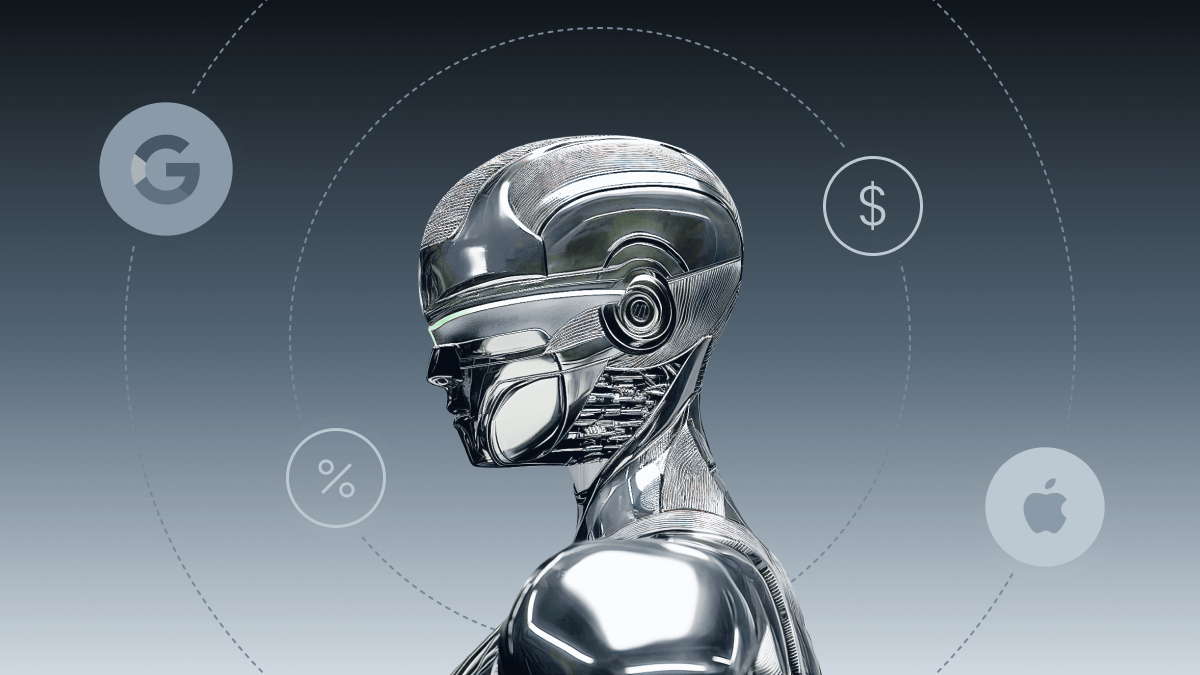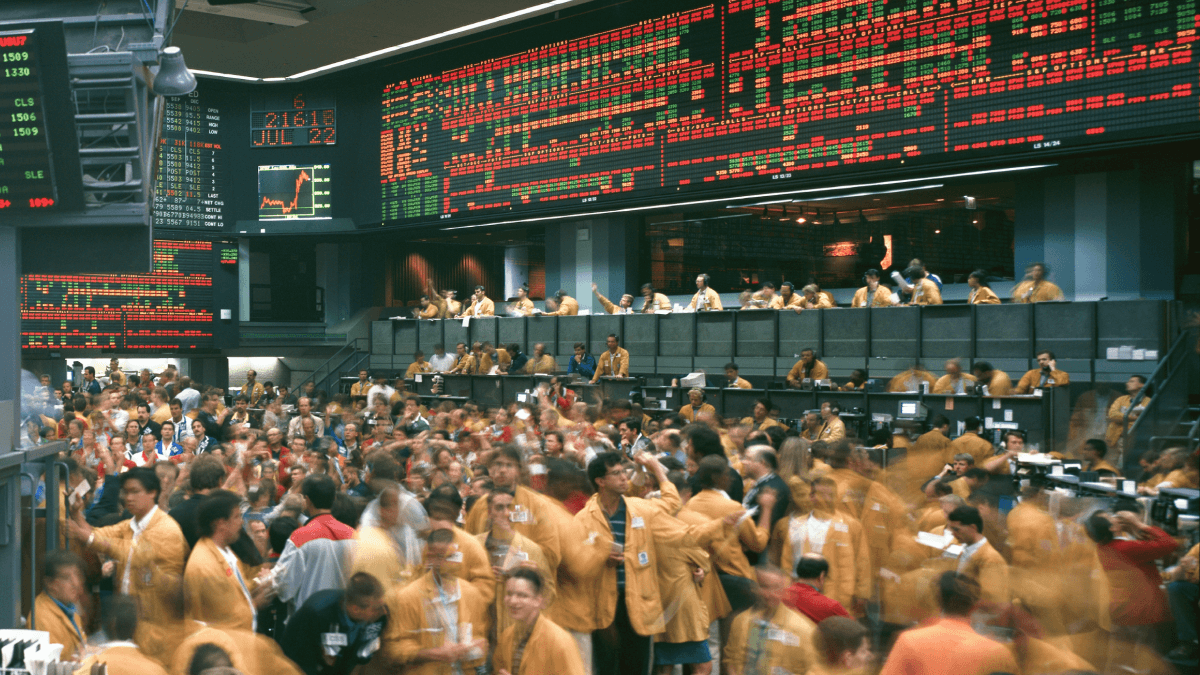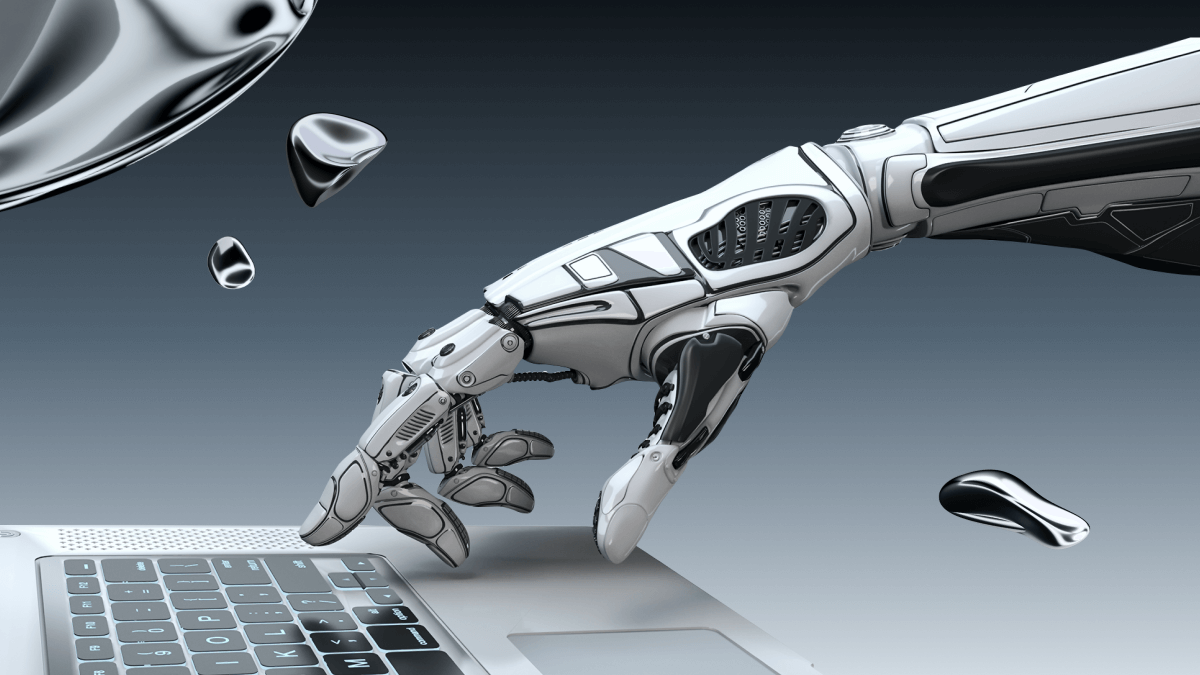
Introduction
Remember those classic images from the 1980s of traders on the New York Stock Exchange holding three old-fashioned phone receivers at once pressed between their shoulders and their ears or yelling “Buy! Buy! Buy!” or “Sell! Sell! Sell!” over each other? Those days were fun, but trading is different now. Trading floors are much less crowded, there are many more channels of communication, and most of the processes that used to be manual are now automated. Computers can make a lot more calculations, a lot more quickly and accurately than any human. And, no matter how many phones that human is on at the same time, a computer can communicate across many more channels at once, transmitting and receiving information instantaneously. If you add artificial intelligence and machine learning (AI/ML) to that mix, you get AI trading.

What is AI trading?
AI trading is a way of using artificial intelligence and machine learning to trade stocks many thousands of times faster, much more accurately, and in much higher volume than has ever been possible before. AI analyzes an enormous data pool of market data, and is therefore much better at seeing trends and patterns not visible to the human analyst. Asset-specific predictive modeling based on a given asset’s historical performance across various market scenarios is only one of the highly accurate calculations you can get from trading AI.
As it synthesizes what it has already analyzed with the data that it continues to process in real-time, AI makes a gargantuan volume of trades based on its findings and its self-adjusting strategy. Needless to say, it can not only identify many opportunities a human can’t, it can also execute many more trades, much faster. More than that, machine learning continues to analyze data about its own trades, improving the algorithm’s performance over time.

